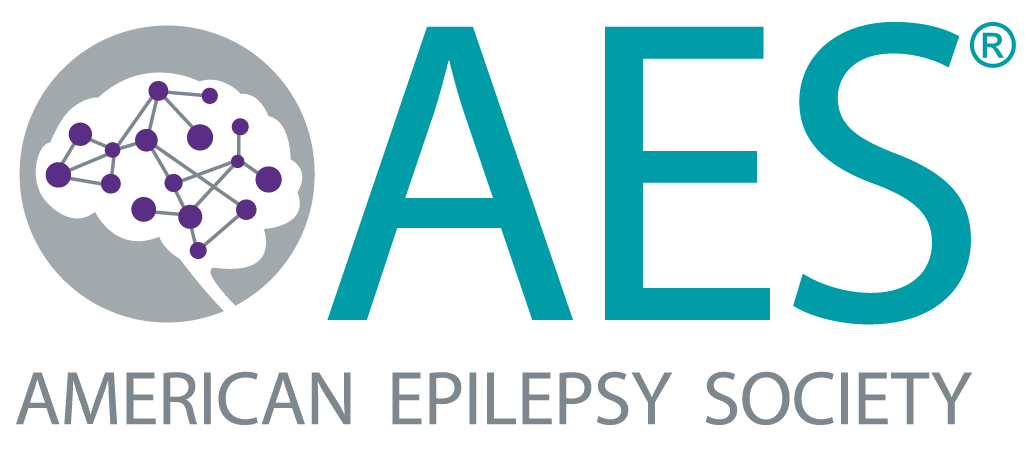American Epilepsy Society 2024 Conference Recap
Summary of the 2024 American Epilepsy Society Meeting
The 2024 annual meeting of the American Epilepsy Society (AES) took place in Los Angeles from December 6th to 10th. The conference gathered researchers, physicians, patient advocates, and pharmaceutical companies to discuss various aspects of epilepsy through talks, poster presentations, and symposia. This year's meeting continued the recent trend of increased focus on genetic epilepsies, especially STXBP1. There were 18 poster and talk presentations mentioning STXBP1, compared to 13 last year.
Data from our STARR Study was presented in several posters at this year's meeting. The team from Children's Hospital of Philadelphia (CHOP), led by Ingo Helbig, presented three posters. Sarah Ruggerio shared initial clinical data from about half of the STXBP1 participants seen during the first year of the study, including details on seizure burden and developmental capabilities. Sam Pierce discussed the standardized clinical assessments, and their effectiveness, used to evaluate the neurodevelopment of STXers and Peter Galer presented his findings on analyzing STXBP1-specific EEG patterns, which differ from those in other genetic epilepsies and could become an important biomarker for STXBP1. From Children's Hospital of Colorado, Andrea Meile provided evidence that growth scale values (GSV), as opposed to raw scores, may detect smaller developmental changes in STXers when using the Bayley or Vineland tests and Morgan Jolliffe evaluated standardized behavioral assessment tools for capturing behavioral and autistic difficulties in the STXBP1 population.
Other posters, not directly associated with the STARR Study, also touched on STXBP1 natural history. The pharmaceutical company UCB presented a survey on the impact of developmental and epileptic encephalopathies (DEEs) on patient and family quality of life, including responses from 64 STXBP1 caregivers. Katherine Cunnane discussed a universal disease concept model for DEEs, inspired by our published STXBP1-RD disease concept model and tested with STXBP1 patient data. Zohreh Talebizadeh from RARE-X demonstrated how the platform can analyze seizures across rare diseases and relate them to other symptoms, using STXBP1 and CACNA1A as examples. A collaboration between the University of Hawaii and McGill University reviewed genetic causes of infantile spasms, finding STXBP1 to be the second leading cause, accounting for 0.9% to 12% of cases.
There were several presentations related to therapeutic developments for STXBP1. Ben Prosser from UPenn discussed his lab's development of antisense oligonucleotide (ASO) therapies for STXBP1 and SYNGAP1. Capsida Biotherapeutics described their gene therapy for STXBP1 and the ability of their viral vector to express the STXBP1 gene in nonhuman primates. UCB presented two posters: one on modeling STXBP1-RD in vitro using iPSCs to test gene therapy candidates, and another on automating the analysis of Stxpb1-mouse behavior via video. From Scott Baraban's lab at UCSF, Aline Frick tested 4-phenylbutyrate (used in the Ravicti trial) and similar compounds for movement impairment in Stxbp1 zebrafish but found no positive effects. Paige Whyte-Fagundes discussed using metabolomics in zebrafish models to help in understanding pathophysiology and aid in therapy development.
Three posters examined current STXBP1 therapy options. A poster from Madrid found that the antiseizure medication fenfluramine (FFA) improved cognition, behavior, sleep, and epilepsy in several patients with DEEs, including some with STXBP1. A group from The Hospital for Sick Children (Toronto) reported on the effectiveness of vagal nerve stimulation (VNS) in kids with monogenic DEEs, including 5 with STXBP1; they found a reduction in seizures in approximately 50% of patients. Researchers from China presented data on the effectiveness of the ketogenic diet in controlling seizures in kids with DEEs, with 4 out of 5 STXBP1 kids achieving seizure control.
In addition to the posters and talks and discussing the latest STXBP1 findings with scientists and researchers, the meeting is an opportunity for the Foundation to connected with several of our pharmaceutical partners. They continue to be impressed by our community's engagement and the rapid progress of the STARR study, particularly the development of biomarkers. We were also able to connect with other patient advocacy groups through events like the Rare Epilepsy Network lunch and social gatherings. This type of networking is vital as it allows PAGs to learn from one another and strategize together to save time and resources towards the development of new therapies.

